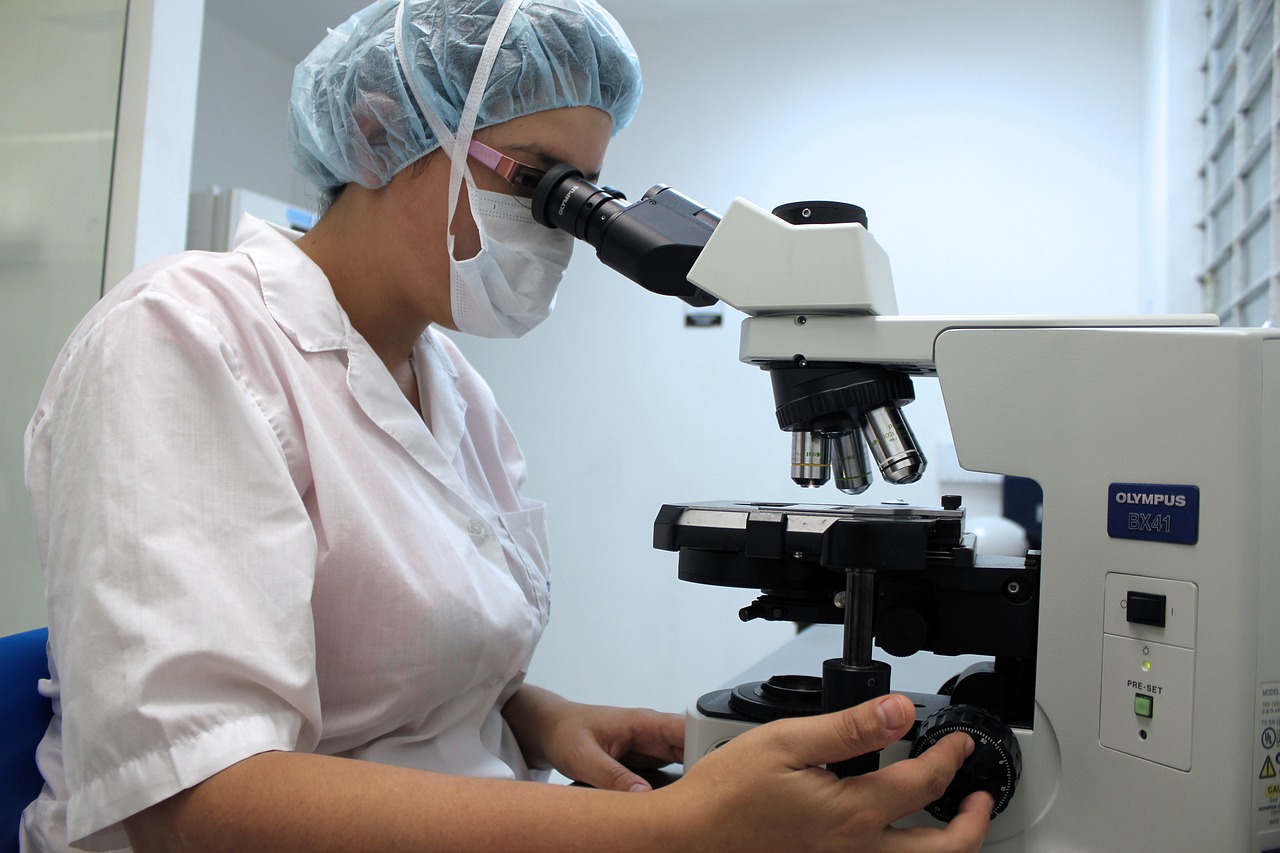
An expert in bioengineering and therefore the possessor of in-depth knowledge in bioprinting, Curtis Cripe shares his vast understanding of bioprinting. At its core, bioprinting is a process that involves the layer-by-layer deposition of biomaterials. This includes cells and supporting structures, to create functional tissues and even organs. This procedure offers a precise and controlled method for building biological constructs after borrowing principles from 3D printing technology. It has been found that the biological constructs thus made are incredibly complex and detailed
How Is It Done?
The process of bioprinting involves the following four stages which are described briefly:
- Design and Modeling: The first step is the creation of a digital model of the target biological structure. This becomes the blueprint for the subsequent bioprinting steps.
- Selection of Biomaterials: The ‘ink’ for the bioprinting is selected from among a range of various biomaterials. They could include the likes of living cells, growth factors, and bio-inks that provide the necessary structural support.
- Layer-by-Layer Printing: A digital model is followed by the bioprinter in the next step. The printer then precisely deposits the chosen biomaterials layer by layer. This meticulous approach enables the recreation of complex biological structures with cellular precision.
- Curing and Solidification: After each layer is deposited, there may still be some more steps such as curing or solidification. This is done to ensure the stability and integrity of the printed structure informs Curtis Cripe.
Where it is applied?
- Tissue Engineering:
Tissue engineering is one such field where bioprinting holds immense promise. Researchers are exploring its potential in various aspects such as:
- to create functional tissues for transplantation
- addressing the growing demand for donor organs
- reducing the risks associated with organ rejection.
Drug Testing and Development:
Bioprinted tissues offer a realistic platform for drug testing. This is because it allows researchers to assess the efficacy and safety of pharmaceutical compounds. This is assessed in a more physiologically relevant environment. Consequently, it potentially streamlines the drug development process and reduces the reliance on animal testing.
Regenerative Medicine:
Curtis Cripe emphasizes bioprinting serves as a groundbreaking tool for repairing or replacing damaged tissues and organs. Several avenues for personalized and effective regenerative treatments have been opened. The direct result of this is the ability to recreate complex structures with patient-specific cells.
Disease Modeling:
Bioprinting facilitates the creation of 3D models that mimic the microenvironments of specific diseases. This allows researchers to study disease progression, test potential treatments, and gain deeper insights into complex biological processes.
Cosmetic and Dental Applications:
The cosmetic and dental applications are also being able to incorporate the usefulness of Bioprinting. Processes such creation of skin grafts, reconstruction of facial features, and even fabrication of dental tissues. It is found to enable more precise and personalized treatments.
Bioprinting stands at the intersection of technology and medicine. As this field continues to evolve, it holds the promise of reshaping healthcare as we know it. The varied prospects paint a compelling picture of a future where bioprinting plays a pivotal role in healthcare. While challenges remain, the trajectory of bioprinting suggests a future where the phrase “printed to perfection”. It aims at improving patient outcomes and advance medical research.






